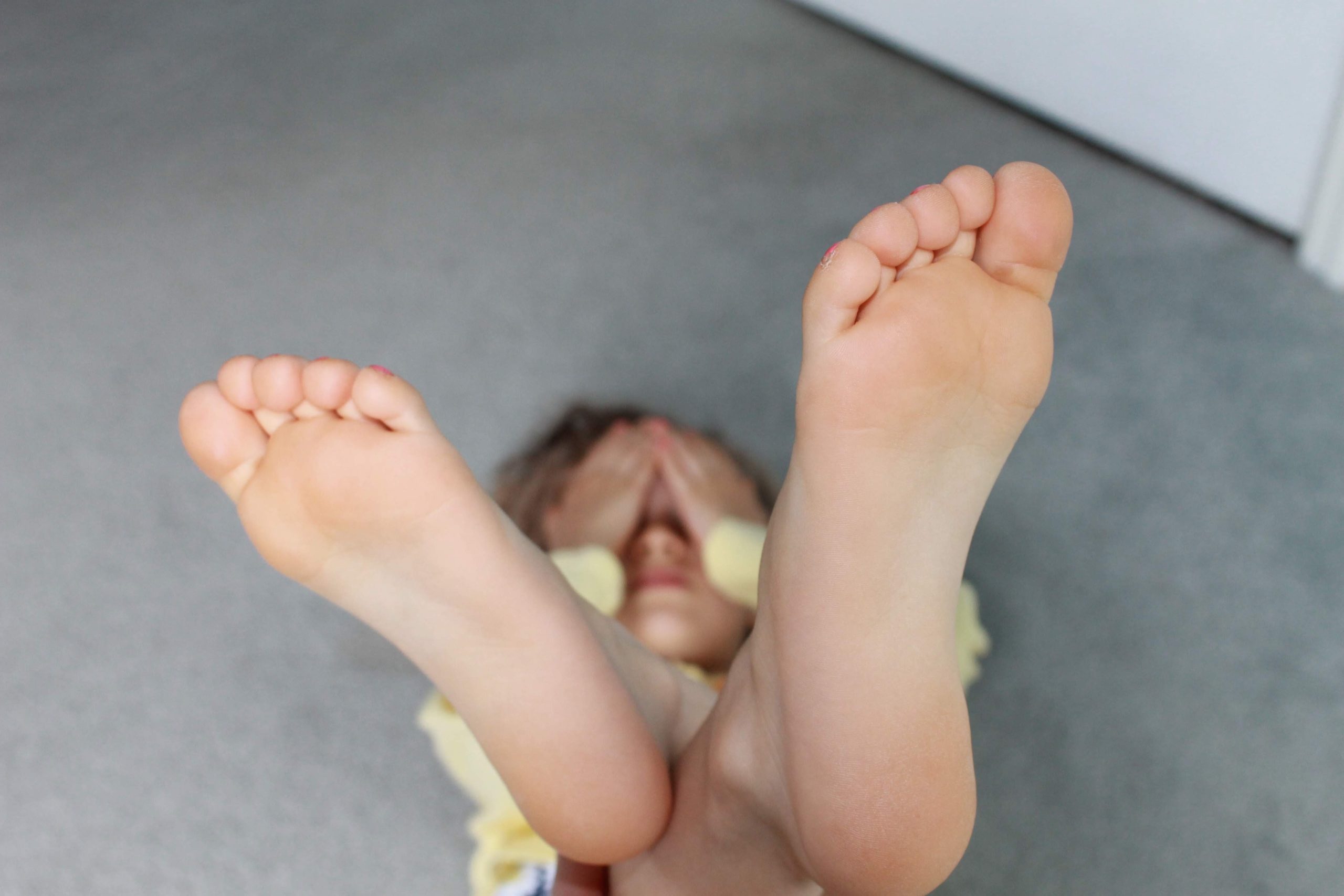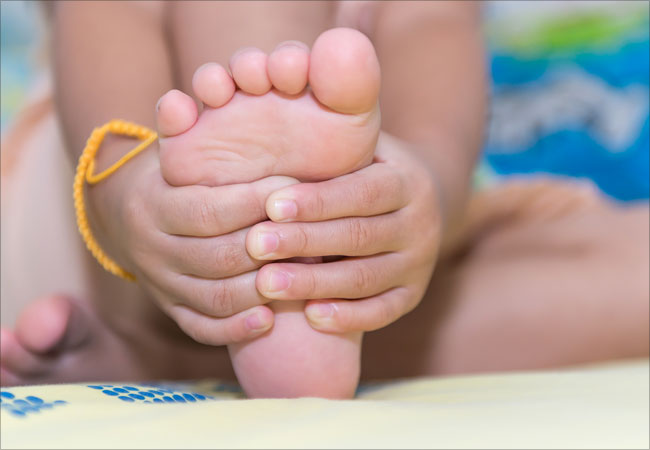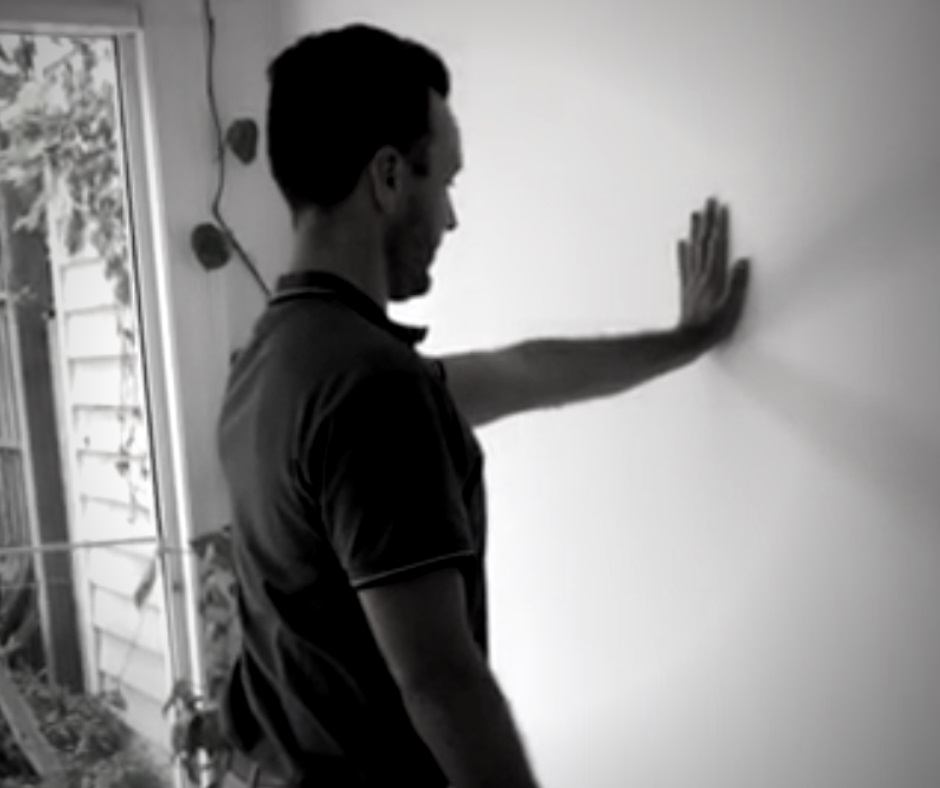Children’s Heel Pain is a Treatable Condition
It’s that time of year again! The summer season is coming to a close and winter training is picking up, with a lot of sports looking to start playing games and matches in the next couple of months. It’s right about now when our kids start complaining of a few aches, especially in their feet! However, the good news is that children’s heel pain is a treatable condition and extremely common.
So why are my kids complaining of heel pain all of a sudden?
Until they hit skeletal maturity, our kids will have a number of ‘growth plates’ throughout their skeleton. ‘Growth plates’ or “Physis” are found at the end of long bones that allow new bony development during growth spurts and developmental stages. These growth plates are made of flexible cartilage and unfortunately, can become easily inflamed if the area is subjected to an increase in load and impact.
In addition to this, the heel area is a minefield of attachments for many tendons and ligaments from the shin (tibia and fibula) and foot, as well as the Achilles tendon which is also the thickest in the human body. Any action involving the foot and leg will require the use of these tendons and ligaments.
Usually, the body is fantastic at adapting to the needs of a new environment or activity and can withstand amazing loads and forces transmitted along the biomechanical chain. However, when these bones and tendons are still developing, a sudden increase in activity can cause excessive traction in a short space of time. As a result, the body will respond with temporary pain and inflammation to limit any potential future damage.
Why is this important?
Well, when our kids play sport – particularly multiple sports at once – and their activity levels are high, this results in an increase in load and impact through the weight-bearing joints, specifically the heel, when they run, jump and land.
Furthermore, the summer season has given us hard, unyielding footy grounds and pitches and for some kids it’s been a while since they last ran, kicked and jumped like they do in a training session. This extra hard surface and inconsistent loading pattern can increase the likelihood of inflammation and irritation even more.
That irritation and inflammation around the heel growth plate has a name; Calcaneal Apophysitis or Sever’s Disease.
“Calcaneal apophysitis is the inflammation of the growth plate found at the heel bone, usually in children between 10 and 15 years old. This area can get easily inflamed by repetitive stress or impact on the particular area. It can also be affected by sudden growth spurt or weight gain. More often than not, this pain comes on at the start of the activity – running or jumping for example – before calming down as the body warms up. It may also return when the child has finished training and cooled down at home. You might even notice that your child develops a slight limp after activity or first thing in the morning and prefers more cushioned footwear rather than walking barefoot.”
So, what can we do?
Diagnosis
Firstly, correct diagnosis is key and Sever’s Disease is quite easy to assess in the clinic, rarely needing any further imaging. Once we know what we are dealing with, the Osteos and Physios at Williamstown Health + Lifestyle like to approach the problem from two angles; firstly, reducing the painful symptoms at the source, and secondly, reducing the aggravating factors that have caused the inflammation.
Symptom Reduction
Your Osteo and Physio will start with a full biomechanical assessment. This may look at your child’s hips, knees and ankles, as well as their walking and movement. Based on these findings we can work to relieve the sore spots, retrain the movement patterns and strengthen the kinetic chain connecting to the heel. By looking at the pain holistically, it provides the best chance of symptom relief and reduces the chance of flare ups.
Load Management
Secondly to this, your Osteo and Physio will also discuss load management with you. This involves identifying the activity(ies) that cause severe pain, those that cause mild pain and those that don’t cause any pain at all. We categorize these as Red, Amber and Green.
- Red activities eg. jumping if immediately painful or severe pain afterwards, avoid in the first 2 weeks of treatment. This is to allow the treatment to take effect without continually inflaming the area.
- Amber activities eg. running if mildly sore during but eases fairly quickly, reduce by 50% in the first 2 weeks. This may mean stopping halfway through training, or limiting running around before or after school.
- Green activities can continue as these do not cause pain and mean your child can still stay active. This may include cycling or swimming.
Sever’s Exercise Classes
Once we have managed the pain and loading activities, we next must build up strength and tolerance and begin the return to play process. To streamline this, we’re opening up specific Sever’s Exercise Classes conducted in our fully equipped rehab gym, to get your kids moving correctly and build the strength they need to run faster, jump higher and function better without flare ups or limiting pain. Please call us for further information regarding booking into these classes (03) 9397 8877.
Over the initial couple of weeks of treatment, load management and exercise program, we would expect to see a good improvement in your child’s heel pain. Unfortunately a delayed diagnosis of Sever’s disease can often result in a longer time off sport, so the key is early detection and management, and not to let the pain develop.
At Williamstown Health + Lifestyle, we pride ourselves on combining acute treatment and movement-based therapy for long term, pain-free management. Come and have a chat so we can answer the questions you have, and get you back to doing the things you love.
Call (03) 9397 8877 or book online now.

Rachel Hunt – Physiotherapist




